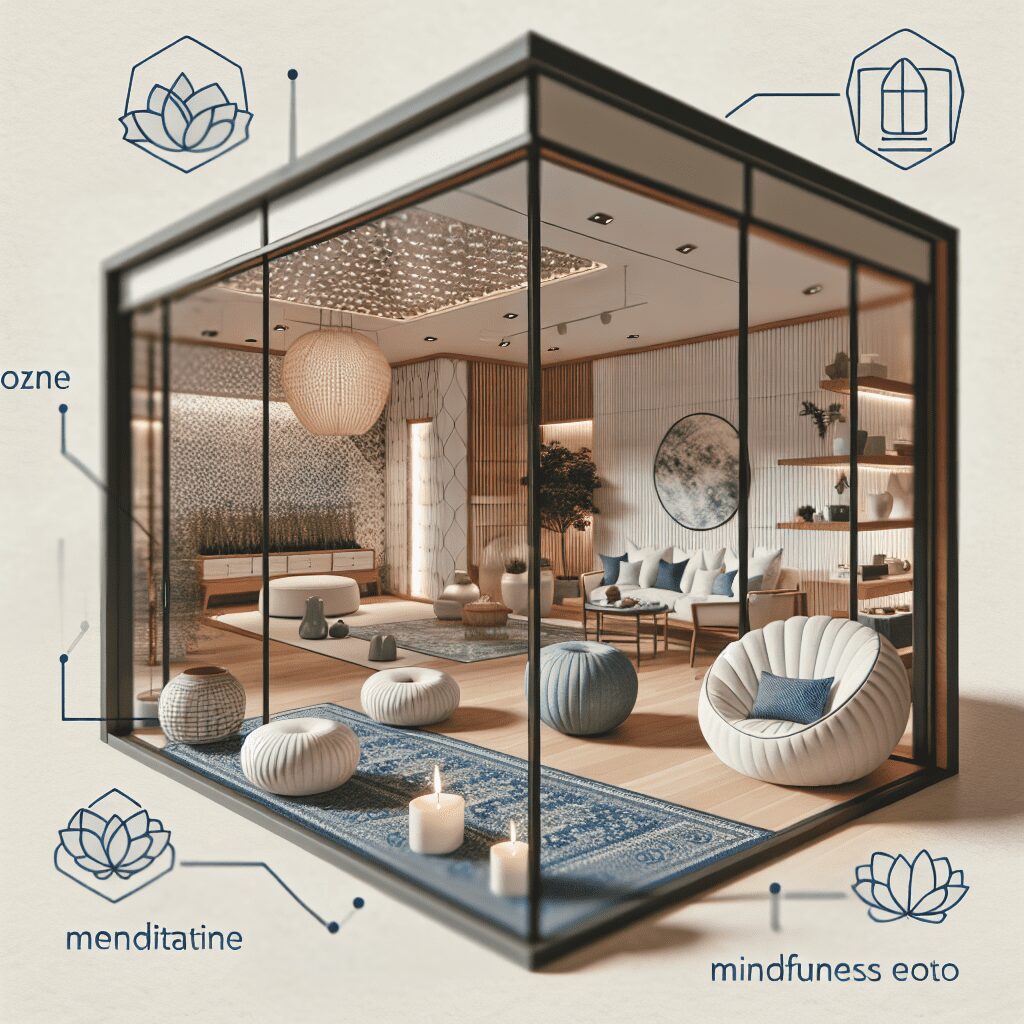
Prioritize your mental well-being daily. Enhance your life by nurturing your mental health with the Smart Meditation app. Break free from stress, alleviate anxiety, and enhance your sleep quality starting today.
How To Guide A Meditation On Death?
Unlocking the Door to Mindful Mortality: A How-To
Contemplating our finite nature isn’t everyone’s cup of tea. However, it’s a brew that, when sipped mindfully, can offer profound insights and foster a deeper appreciation for the gift of life. Meditation on death, often skirted around in polite conversation, is a transformative practice that bridges the existential gap between life’s ephemeral beauty and the inevitability of death. Let’s embark on a journey to guide a meditation on death that both illuminates and inspires.
Crafting the Ambience for Awakening
Setting the stage is crucial. You wouldn’t dive into deep waters without the right gear, right? Similarly, guiding a meditation on the theme of mortality requires creating a safe, serene environment. Here’s how to stack the deck in your favor:
- Space Selection: Choose a quiet, comfortable space. It can be indoors or amidst nature, as long as it’s a place where interruptions are as scarce as hen’s teeth.
- Ambiance Management: Dim lighting or candles can set the mood. Optionally, playing soft, ambient sounds can enhance the experience without causing distraction.
- Seating Arrangement: Arrange seating in a circle to foster a sense of unity and equality. Cushions or chairs should support a posture that balances alertness with relaxation.
- Tech Timeout: Encourage participants to give their gadgets a rest. After all, this journey requires disconnecting from the digital to connect with the existential.
Guiding the Voyage Through the Veil
Once the stage is set, navigating the conversation on mortality requires a blend of sensitivity, openness, and depth. Here’s a roadmap to steer this delicate discourse:
-
Setting Intentions: Kick things off by inviting participants to set personal intentions for the session. Encourage openness to whatever thoughts or emotions arise, with a reminder that there’s no “right” way to feel.
-
Breath as the Lifeline: Start with a few minutes of focused breathing. This anchors the mind in the present and soothes the initial ripples of anxiety or fear.
-
Introduction to Impermanence: Introduce the concept of impermanence. Use metaphors like the changing seasons or the cycle of day and night to illustrate that death is a natural, integral part of life’s tapestry.
-
Visualization Journey: Guide participants through a visualization that explores their own mortality. Prompt them to imagine their life as if they had only a limited time left. What changes? What becomes important? Encourage them to confront these insights with courage and curiosity.
-
Reflective Sharing: After the visualization, open the floor for those who wish to share their reflections. This isn’t a time for debate but for listening and acknowledging the diversity of our relationships with mortality.
-
Closing with Gratitude: Conclude the meditation by turning focus towards gratitude. Encourage participants to reflect on the aspects of life they are thankful for. This reorientation from loss to appreciation can be profoundly uplifting.
Final Thoughts: Embracing Life’s Sunset
Guiding a meditation on death isn’t about casting a shadow on life’s parade. Quite the opposite. It’s about removing the scales from our eyes, so we can see the unfiltered beauty of our existence. By walking through the valley of the shadow of death with mindfulness, we emerge more equipped to savor each moment, cherish our connections, and live with purpose. After all, it’s the awareness of night’s inevitability that makes the day precious.
So, let’s not shy away from this conversation. Embracing mortality through meditation can light our way to a richer, more profound appreciation of the here and now. And in this acceptance, we find a powerful ally in our quest for a life well-lived.





